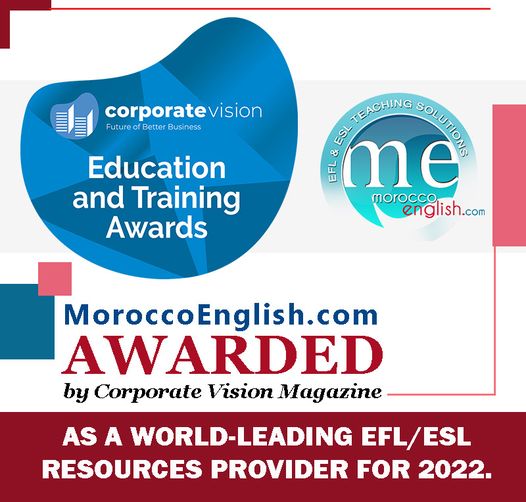The future using present continuous and "going to"
By Mrs Hajar | Nador
Future plans :
Using 'going to' and the present continuous are two ways we can talk about our future plans and arrangements in English. In this programme we learn more about them and the differences between them.
Find out more:
Both the present continuous and 'going to' can be used to talk about future plans and arrangements even though they are present forms. This is because the future plan has already been made and exists in the present, it is not something which is decided at the moment of speaking.
Often there is very little difference between the two forms and you can use either, however we tend to use the present continuous for a fixed arrangements, such as appointments.
|
Future with continuous |
||
|
Subject |
to be |
verb + ing |
|
I |
am |
babysitting tonight. |
|
S / he |
is |
|
|
You |
are |
|
For intentions and decisions we'd normally use 'going to'.
|
Going to |
|||
|
Subject |
to be |
going to |
base infinitive |
|
I |
am |
going to |
watch a film tomorrow. |
COMPLETE. USE THE CORRECT FORM OF THE PRESENT CONTINUOUS
1. Alba to Australia tonight? ( travel )
2. My classmates to the sports centre after school (go)
3. Francisco his bicycle this afternoon ( not ride)
4. Pedrohis English test tomorrow afternoon (study)
5. Chistianhis brother to the shops soon? (take)
6. Deliathe plants this evening (water)
7. PabloTV this afternoon (not watch)
8. Jose Ángel and Elihú breakfast tomorrow morning? (make)
9. Verónica the dishes after lunch ( wash)
10. Borja a book next weekend? (read)
3. THE STUDENTS ARE THINKING ABOUT THEIR PLANS FOR THE DAY. WRITE A NEGATIVE SENTENCE FIRST AND THEN A POSITIVE ONE. SHORT FORMS.
Use be going to and the words in brackets.
1. Rafa (go sailing / ride a bike)
2. David ( cook dinner / eat in a restaurant)
3. Moisés ( dance / play the guitar)
4. Kiko ( do gymnastics / do homework)
5. José Antonio ( draw pictures / play computer games)
6. Andrea ( lay the table / feed her pets)
7. Johnny (hoover the floor / read comics)
8. Sara and Mª Luz ( be sad / be happy)
9. The students (have a bath / have a shower)
10. I(have an English breakfast/ have a continental breakfast.)
4. WRITE QUESTIONS WITH THE WORDS BELOW. USE BE GOING TO
1. The girls /play / tennis / tomorrow?
2. You / meet / your friends/ at the airport / later?
3. John and Paula / have lunch/ at two o'clock?
4. Lucas / start / the project / today?






































